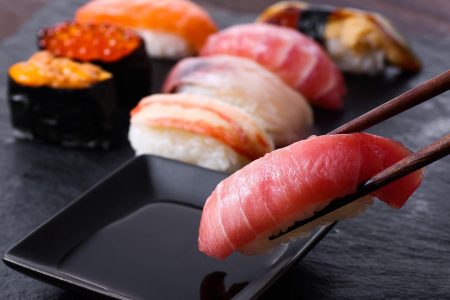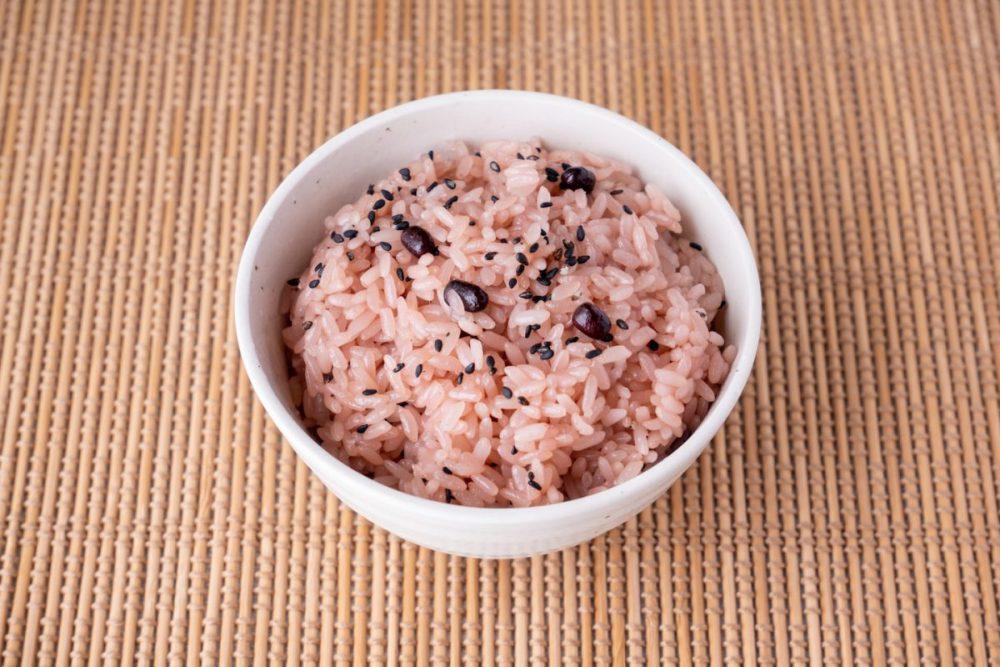
Rice is the staple of Japanese cuisine and as such is usually considered an essential component of any Japanese meal. From breakfast through to dinner, rice is consumed and enjoyed. Japanese rice is slightly different to other varieties found throughout the world in that it is short-grained and gains a slightly sticky texture after cooking. This kind of rice is often sold as “sushi rice” in Australia though it’s the main type of rice used in Japan. As rice has long held such a prominent place in Japanese history and culture – it was after all considered a measure of wealth for most of Japanese history – there are many different kinds of rice dishes in Japanese cuisine. Today we’re going to take a look at seven of them that you should try.
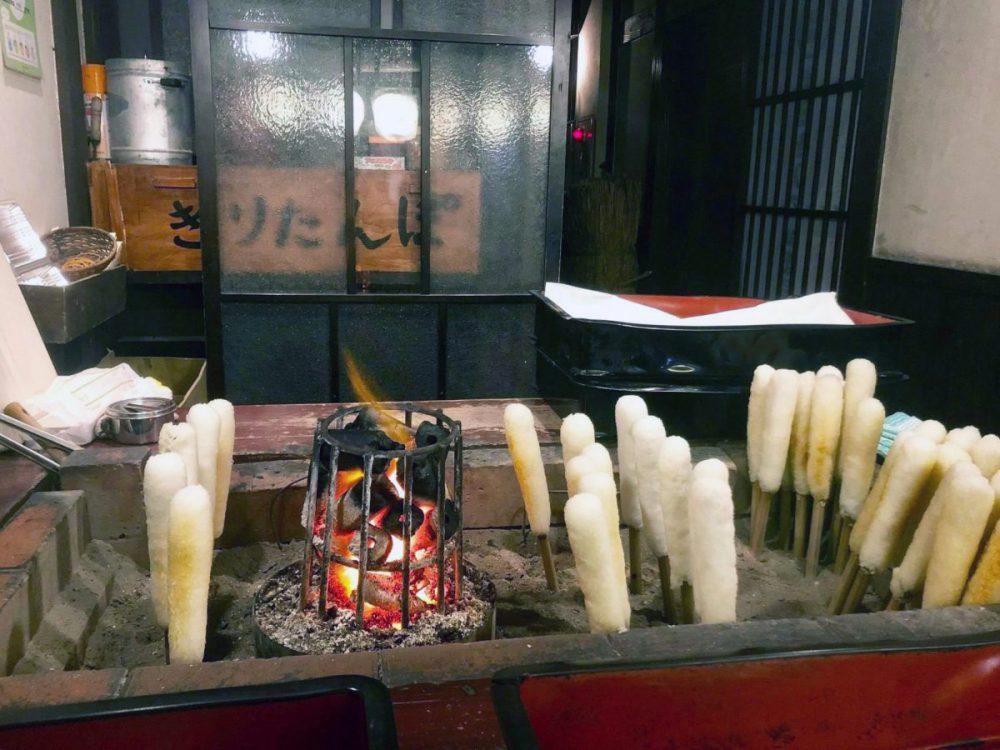
Kiritanpo
Kiritanpo is a specialty of Akita prefecture and is a particularly famous rice dish from the region. Cooked rice is mashed and formed into cylinder shapes on sticks which are then toasted around an open fire. The dish has a very long history and its origins are somewhat debated, with the most popular story being that it was invented by hunters who would work in the Akita mountains in winter. As it’s most commonly eaten in the colder seasons of autumn and winter, kiritanpo is also often used as an addition to hot pots (nabe) and as an ingredient in stews.
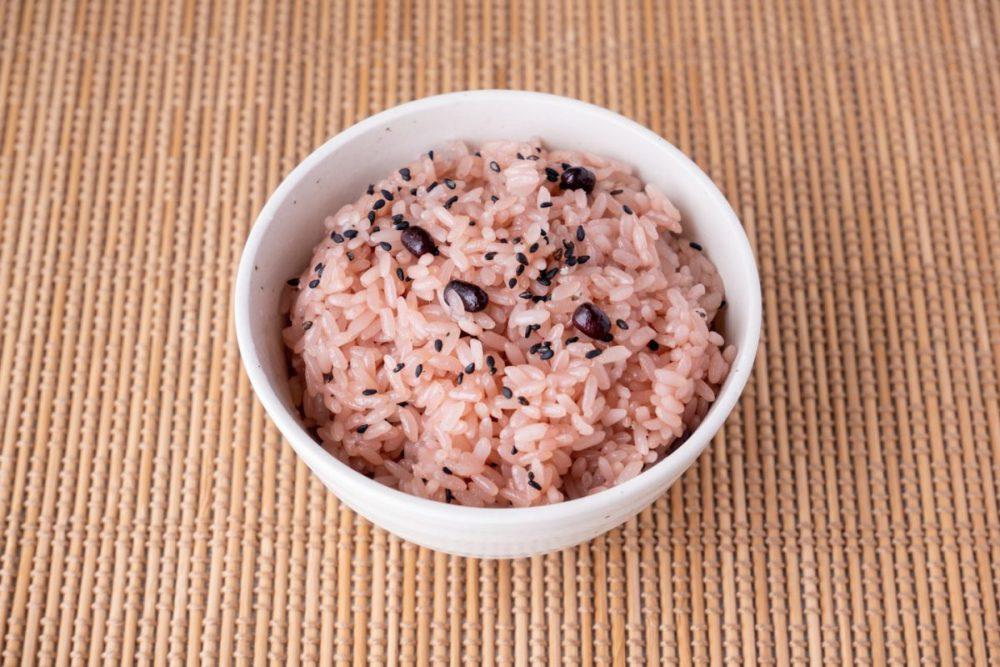
Sekihan: Red Bean Steamed Rice
The kanji for Sekihan means ‘red rice’ and that’s more or less what this dish is. Rice is cooked with red azuki beans, giving the rice a reddish tinge. Sekihan is mostly eaten on special occasions throughout the year as red is considered a lucky colour that wards off evil spirits. These occasions include things such as weddings, graduations, passing exams or just about anything that calls for a celebration really. Because occasions like this happen all year round, sekihan can easily be found in supermarkets or bento boxes.

Goheimochi
Goheimochi is another kind of rice cake made of mashed rice, though regular rice is used rather than mochi rice which gives the dish an interesting texture and flavour. The mashed rice is formed into an oval shape on a stick, coated with a miso-based sauce and then grilled over an open flame. This warming dish is claimed by several prefectures including Nagano and Gifu and was said to have been invented by people working in the mountains as a hearty and filling meal. The sauce is what makes goheimochi unique and it’s usually made with walnuts, sesame, soy sauce, mirin and miso though there are several regional variations. It’s very common to find goheimochi in the Chubu region of Japan and there are many places that serve it.
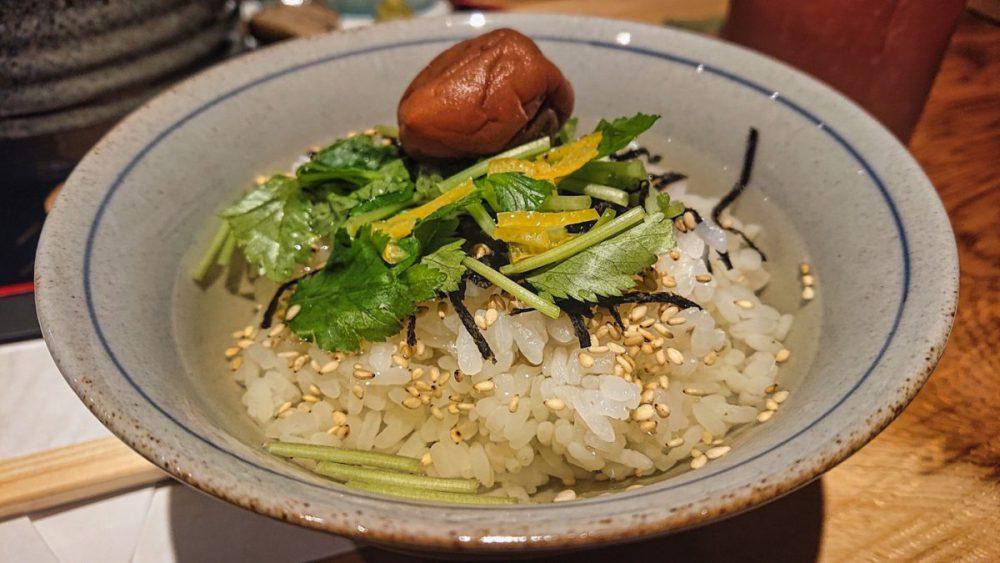
Ochazuke
Ochazuke is a classic Japanese comfort food most typically made by pouring green tea on cooked rice. Other toppings are often added to the dish including seaweed, pickles or furikake (a seasoning added to cooked rice to give it additional flavour). Ochazuke is very easy to prepare and as such is often a delicious and filling meal made using leftover rice by people without much time to cook. Even though the ocha in ochazuke’s name specifically means tea, the dish is sometimes made with soup stock or even just hot water. Though the water is typically hot, this dish can be prepared in summer using cold barley tea or green tea which makes it a great dish for coping with Japan’s summer humidity. Ochazuke has a long history in Japan, originating in the Edo period and continues to be enjoyed by people today who use a wide variety of different toppings from salted fish and pickles all the way through to sashimi.
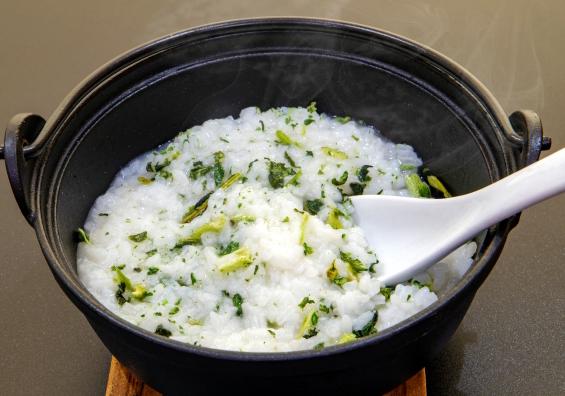
Okayu: Japanese Rice Porridge
Okayu is a very simple dish, a type of rice porridge that has some similarities with Chinese congee. At its most simplistic, Okayu is made with just rice, salt and water. It’s easy to eat and digest and because of this, is often seen as healing food to be eaten when sick. In this respect, it’s very much treated like chicken soup as a cure-all for any ailment that you may have. Aside from water, Okayu is also sometimes cooked with stock which gives it a richer flavour. Okayu’s simplicity makes it easy to spruce up with other ingredients. Common additions are egg, umeboshi or spring onion. Sometimes even meat or fish is added. One type of famous okayu is what’s called nanakusa-gayu. This type of okayu is eaten after new year and contains seven herbs that are said to bring good health and long life.
Rice Dishes: Simple and Adaptable Staples of Japanese Cuisine
This article has only scratched the surface of the many uses and applications of rice in Japanese cuisine. Its adaptable nature means that Japan never seems to run out of interesting and unique ways to serve rice. Australia’s multicultural population means there are many different kinds of rice dishes available but hopefully we’ve been able to introduce you to some great new ones from Japan here. They’re certainly ones to look out for next time you’re travelling in Japan, or just looking for something new to try.
— Article From BACK LANE
